Magic
« L’exclusion de Dw de l’espace sacrĂ© du temple »
ENiM 5, 2012, p. 119-131.
 Forme superlative de l’impur dans le lexique de l’Égypte ancienne, Dw constitue à ce titre une expression majeure du mal. Il n’est alors guère surprenant qu’un véritable arsenal soit disposé sur les points stratégiques du temple égyptien, incarnation des notions de pureté et de sacré, afin de maintenir cette menace hors du temenos.
Forme superlative de l’impur dans le lexique de l’Égypte ancienne, Dw constitue à ce titre une expression majeure du mal. Il n’est alors guère surprenant qu’un véritable arsenal soit disposé sur les points stratégiques du temple égyptien, incarnation des notions de pureté et de sacré, afin de maintenir cette menace hors du temenos.
 Superlative form of the impure in the lexicon of ancient Egypt, Dw constitutes as such a major expression of the evil. It is then hardly surprising that a real arsenal is arranged on the strategic points of the Egyptian Temple, embodiment of the notions of purity and sacredness, to maintain this threat outside the temenos.
Superlative form of the impure in the lexicon of ancient Egypt, Dw constitutes as such a major expression of the evil. It is then hardly surprising that a real arsenal is arranged on the strategic points of the Egyptian Temple, embodiment of the notions of purity and sacredness, to maintain this threat outside the temenos.
 Consulter cet article (39342) -
Consulter cet article (39342) -  Télécharger cet article au format pdf (21189)
Télécharger cet article au format pdf (21189)
« La route d’OutĂ©net au mont Laban. Une nouvelle Ă©tude de deux conjurations du papyrus mĂ©dical Louvre E 32847 »
ENiM 13, 2020, p. 151-209.
 Cette étude continue l’analyse de deux importantes conjurations du papyrus médical Louvre E 32847, un papyrus publié il y a maintenant deux ans. En reprenant plus en détail cette analyse on peut retrouver les modes de pensée du médecin-scribe qui les a rédigées. À deux endroits, les conjurations sont écrites de façon inhabituelle ce qui permet de soupçonner l’existence de sens cachés réservés à d’autres médecins initiés et concernant une divinité importante du Proche-Orient.
Cette étude continue l’analyse de deux importantes conjurations du papyrus médical Louvre E 32847, un papyrus publié il y a maintenant deux ans. En reprenant plus en détail cette analyse on peut retrouver les modes de pensée du médecin-scribe qui les a rédigées. À deux endroits, les conjurations sont écrites de façon inhabituelle ce qui permet de soupçonner l’existence de sens cachés réservés à d’autres médecins initiés et concernant une divinité importante du Proche-Orient.
 This study analyzes two important incantations of the medical papyrus Louvre E 32847, a papyrus published two years ago, letting us discover the way of thinking of the physician-scribe who wrote them. Twice, incantations are written in an unusual way suggesting the existence of a hidden meaning intended for other insiders physicians about an important Near-East divinity.
This study analyzes two important incantations of the medical papyrus Louvre E 32847, a papyrus published two years ago, letting us discover the way of thinking of the physician-scribe who wrote them. Twice, incantations are written in an unusual way suggesting the existence of a hidden meaning intended for other insiders physicians about an important Near-East divinity.
 Consulter cet article (38091) -
Consulter cet article (38091) -  Télécharger cet article au format pdf (19513)
Télécharger cet article au format pdf (19513)
« RĂ©nĂ©noutet Ă la porte de la maison »
ENiM 18, 2008, p. 1-12.
 La déesse-cobra Rénénoutet est invoquée dans une formule d’un papyrus de la collection Wilbour au Brooklyn Museum, un manuel de protection magique contre les animaux dangereux daté de l’Époque tardive. L’analyse de ce passage fournit l’occasion d’étudier un aspect sous-estimé de cette divinité, le plus souvent affectée à la sauvegarde et à la prospérité des réserves produits précieux et de nourriture. En faisant des parallèles avec d’autres mentions de Rénénoutet, en contexte funéraire ou dans le décorum des temples, on constate qu’elle est aussi une gardienne des portes, dont elle interdit l’accès aux reptiles néfastes, notamment depuis le sous-sol de la demeure. En cela, elle partage les caractéristiques d’une catégorie de bons génies ophidiens très répandue dans les sociétés anciennes. Elle transcende également les séparations théoriques entre les mondes funéraires, cultuels et domestiques, et entre religion officielle et cultes populaires.
La déesse-cobra Rénénoutet est invoquée dans une formule d’un papyrus de la collection Wilbour au Brooklyn Museum, un manuel de protection magique contre les animaux dangereux daté de l’Époque tardive. L’analyse de ce passage fournit l’occasion d’étudier un aspect sous-estimé de cette divinité, le plus souvent affectée à la sauvegarde et à la prospérité des réserves produits précieux et de nourriture. En faisant des parallèles avec d’autres mentions de Rénénoutet, en contexte funéraire ou dans le décorum des temples, on constate qu’elle est aussi une gardienne des portes, dont elle interdit l’accès aux reptiles néfastes, notamment depuis le sous-sol de la demeure. En cela, elle partage les caractéristiques d’une catégorie de bons génies ophidiens très répandue dans les sociétés anciennes. Elle transcende également les séparations théoriques entre les mondes funéraires, cultuels et domestiques, et entre religion officielle et cultes populaires.
 The cobra-goddess Renenutet is invoked in a spell in a papyrus of the Wilbour collection at the Brooklyn Museum, a Late Period manual of magical protection against dangerous animals. Analysis of this passage provides an opportunity to study an underestimated aspect of this divinity, most often assigned to the safeguard and prosperity of storage facilities of precious products and food. By drawing parallels with other mentions of Renenutet, in funerary contexts or in temple decoration, we can see that she was also a gatekeeper, preventing harmful reptiles from entering, dwelling particularly in the house underground. In this, she shares the characteristics of a category of good ophidian genies that was widespread in ancient societies. She also transcends the theoretical separations between the funerary, cultic and domestic worlds, and between official religion and popular cults.
The cobra-goddess Renenutet is invoked in a spell in a papyrus of the Wilbour collection at the Brooklyn Museum, a Late Period manual of magical protection against dangerous animals. Analysis of this passage provides an opportunity to study an underestimated aspect of this divinity, most often assigned to the safeguard and prosperity of storage facilities of precious products and food. By drawing parallels with other mentions of Renenutet, in funerary contexts or in temple decoration, we can see that she was also a gatekeeper, preventing harmful reptiles from entering, dwelling particularly in the house underground. In this, she shares the characteristics of a category of good ophidian genies that was widespread in ancient societies. She also transcends the theoretical separations between the funerary, cultic and domestic worlds, and between official religion and popular cults.
 Consulter cet article (6180) -
Consulter cet article (6180) -  Télécharger cet article au format pdf (1217)
Télécharger cet article au format pdf (1217)
ENiM 18 - 2025
4 article(s) - 11 mars 2025.
ENiM 1 à 18 (2008-2025) : 223 articles
4 019 780 téléchargements
8 333 415 consulations.
Index des auteurs

Mots clés

Derniers articles : 
Robert Steven Bianchi
Duplication and Continuity
(ENiM 18, p. 13-36 — 11 mars 2025) 
Frédéric Mougenot
Rénénoutet à la porte de la maison
(ENiM 18, p. 1-12 — 29 janvier 2025) 
CENiM - Mise en ligne des volumes Ă©puisĂ©s : 
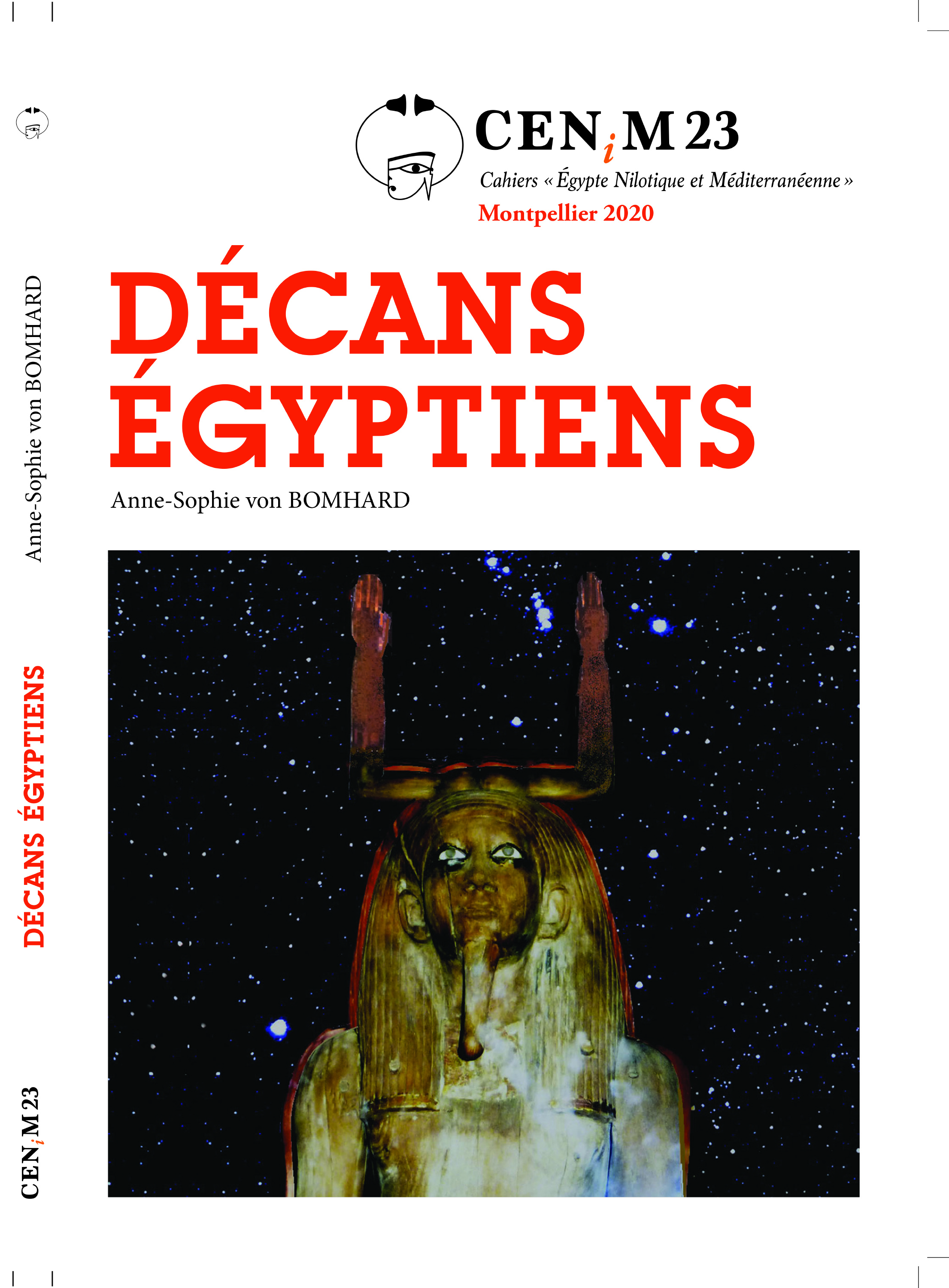 Anne-Sophie von BOMHARD DĂ©cans Ă©gyptiens, CENiM 23, Montpellier, 2020 — (2020)
Anne-Sophie von BOMHARD DĂ©cans Ă©gyptiens, CENiM 23, Montpellier, 2020 — (2020) 
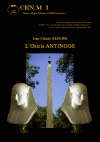 Jean-Claude Grenier L'Osiris ANTINOOS, CENiM 1, Montpellier, 2008 — (26 dĂ©cembre 2008)
Jean-Claude Grenier L'Osiris ANTINOOS, CENiM 1, Montpellier, 2008 — (26 dĂ©cembre 2008) 
TDENiM - Mise en ligne des volumes Ă©puisĂ©s : 
 Twitter
Twitter 3615388 visites - 6801 visite(s) aujourd’hui - 223 connecté(s)
© ENiM - Une revue d’égyptologie sur internet
Équipe Égypte Nilotique et Méditerranéenne - UMR 5140 - « Archéologie des Sociétés Méditerranéennes » (Cnrs) - Université Paul Valéry - Montpellier III
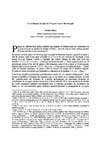
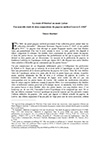

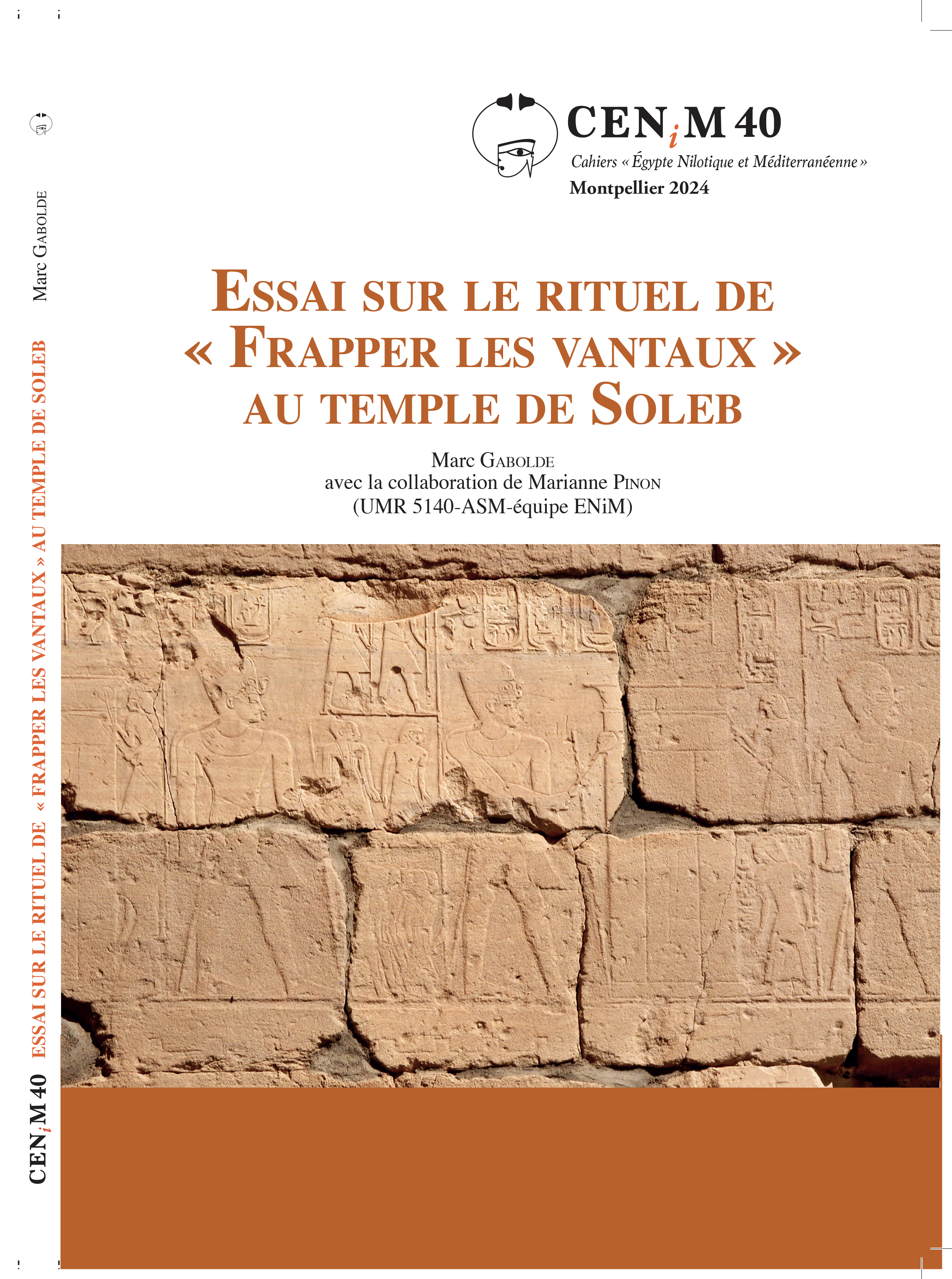
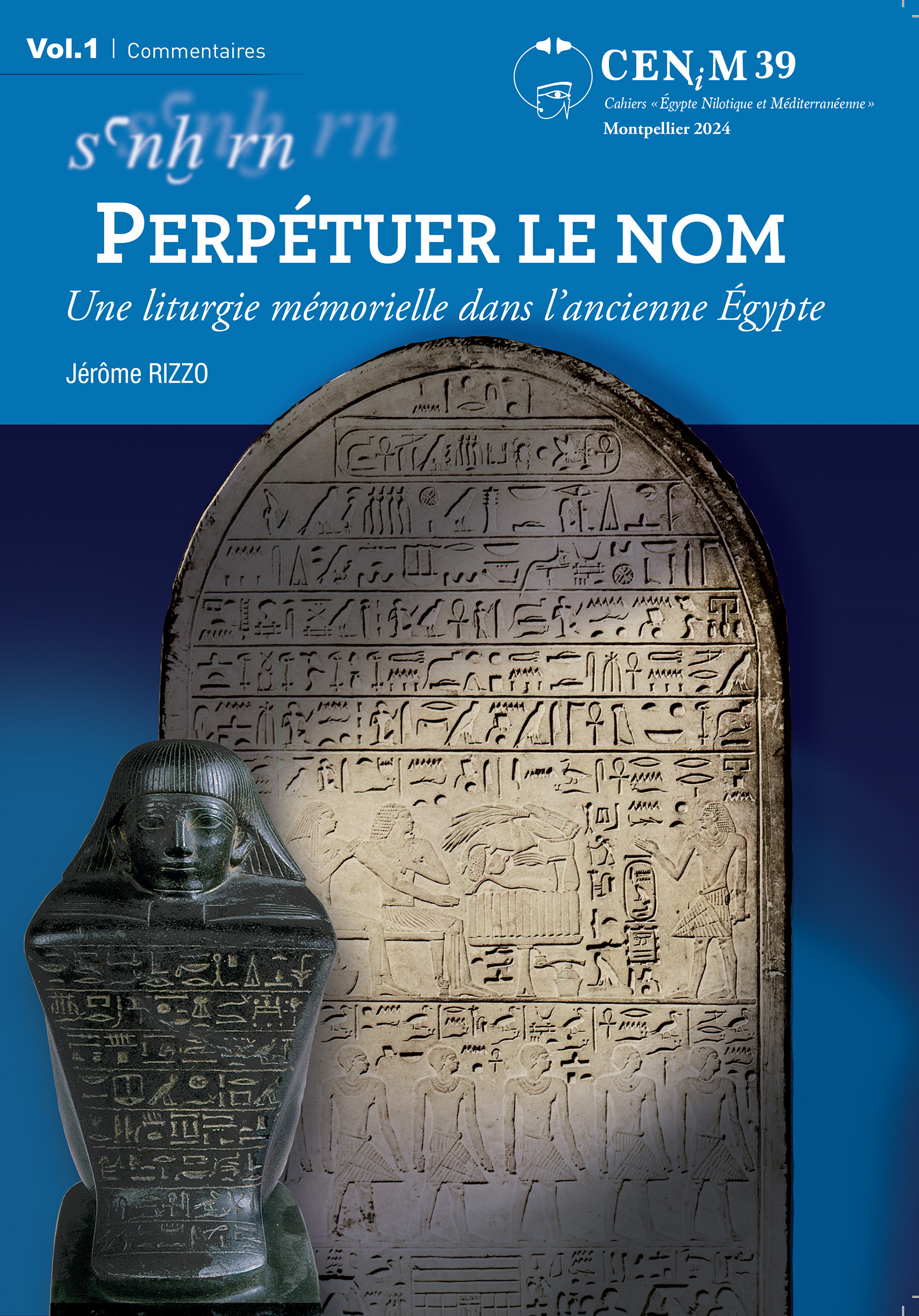
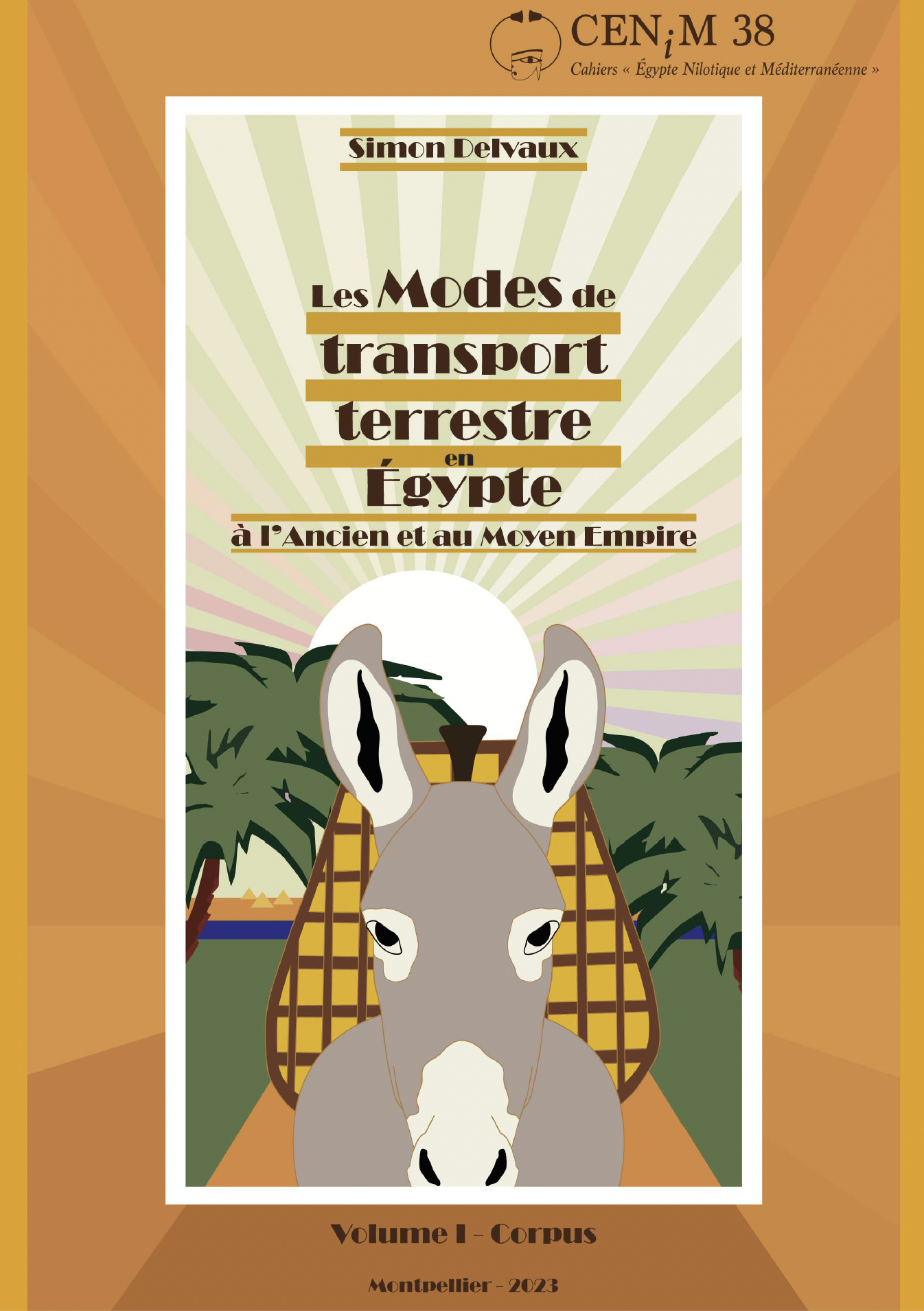
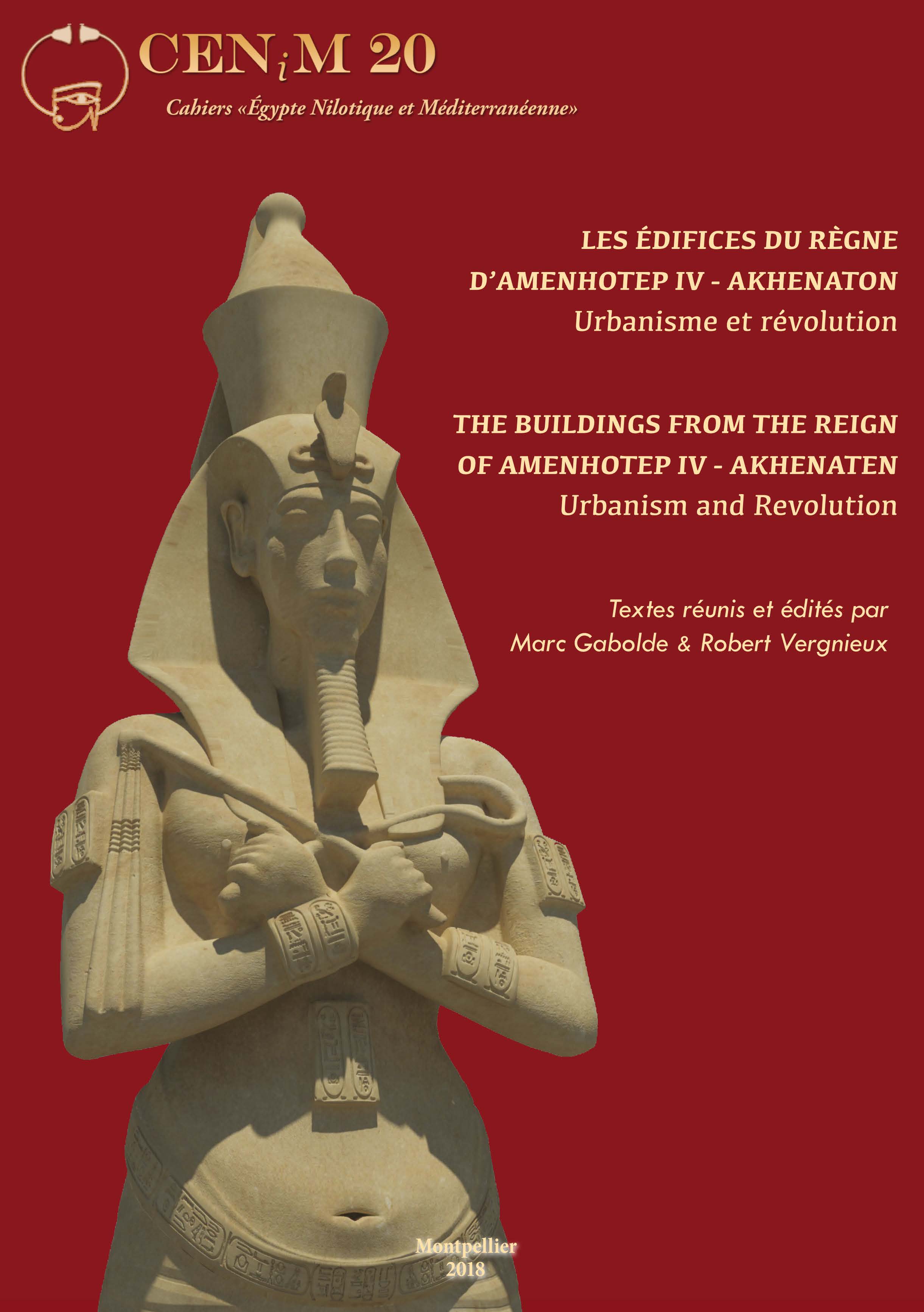
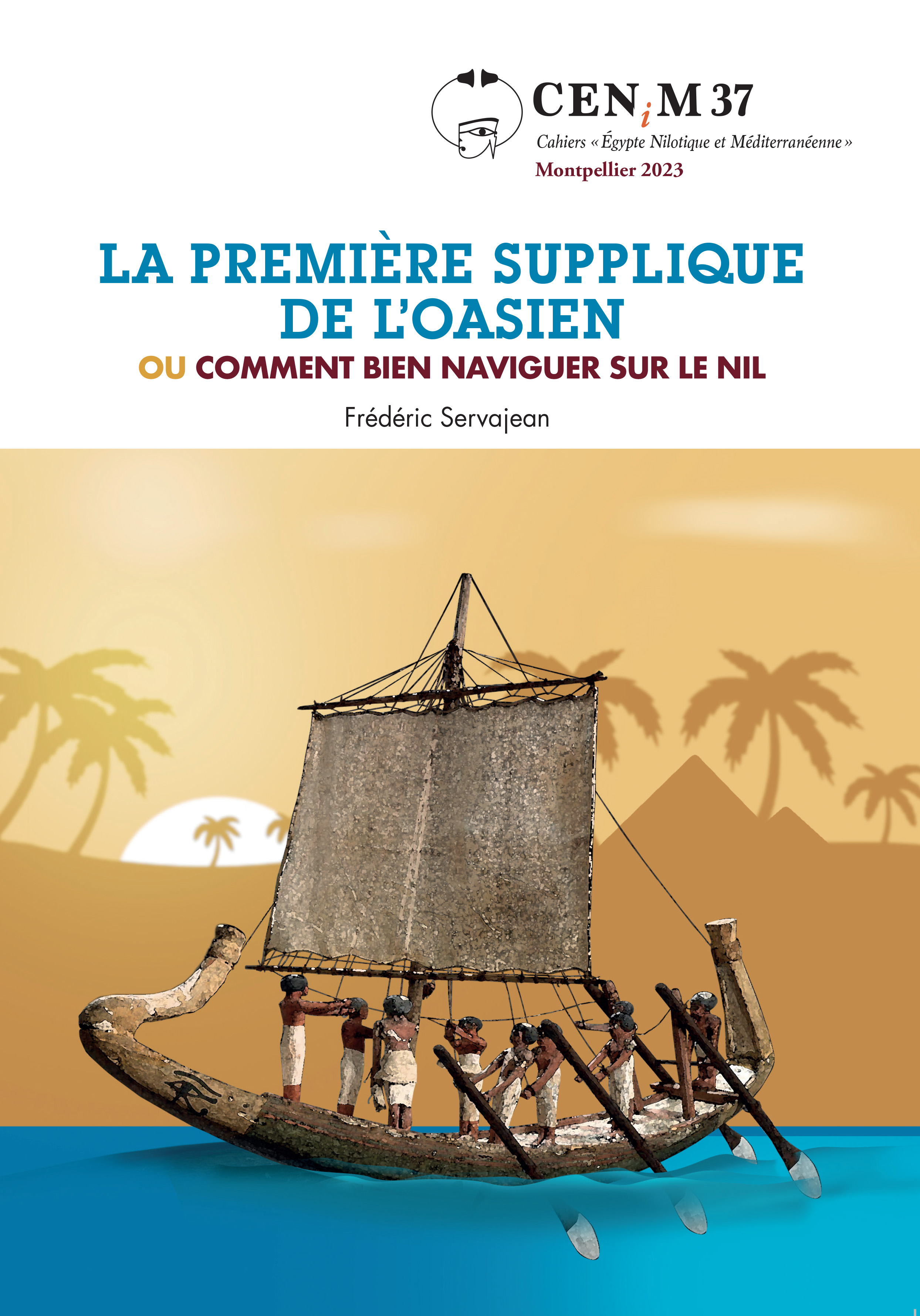
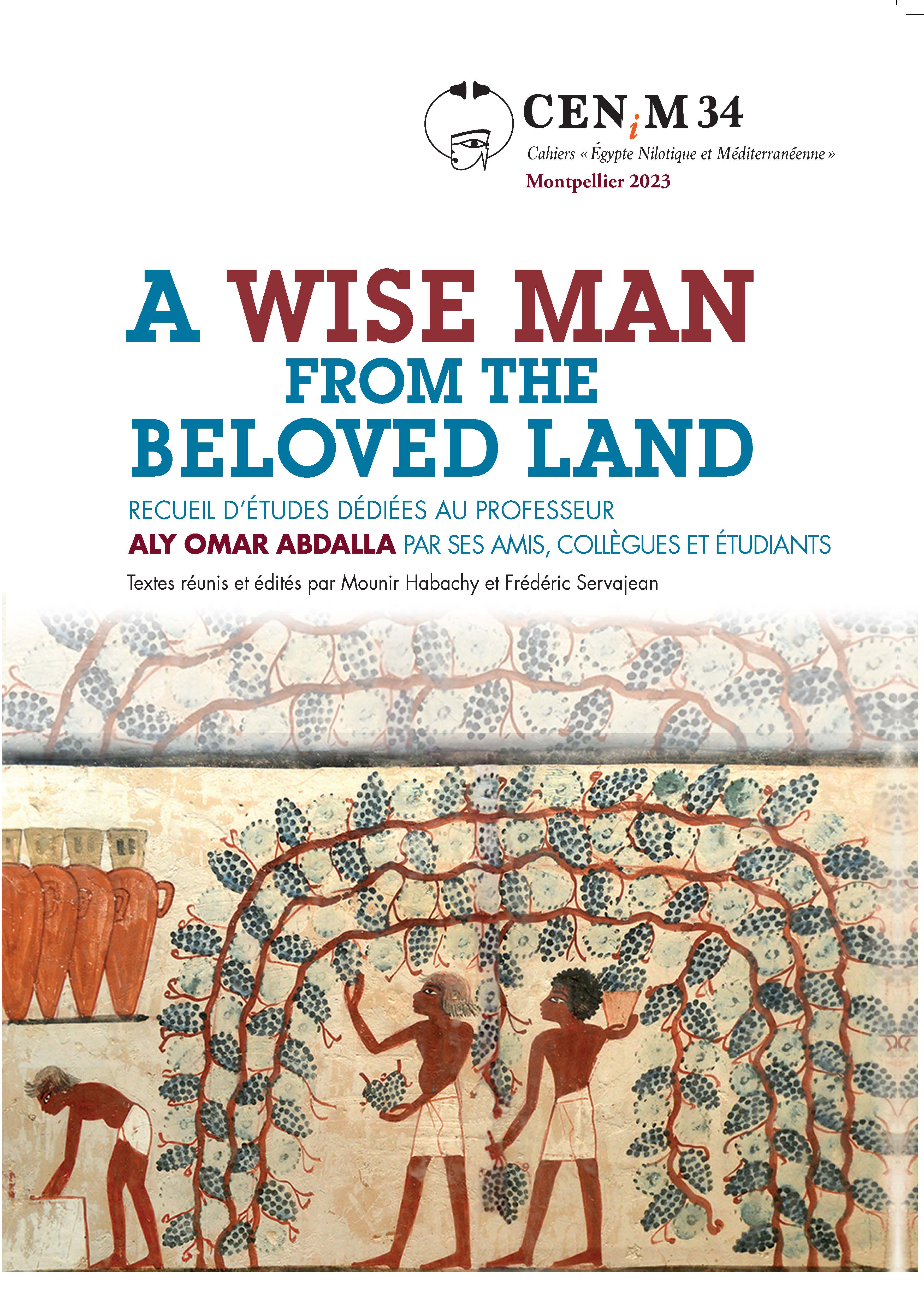
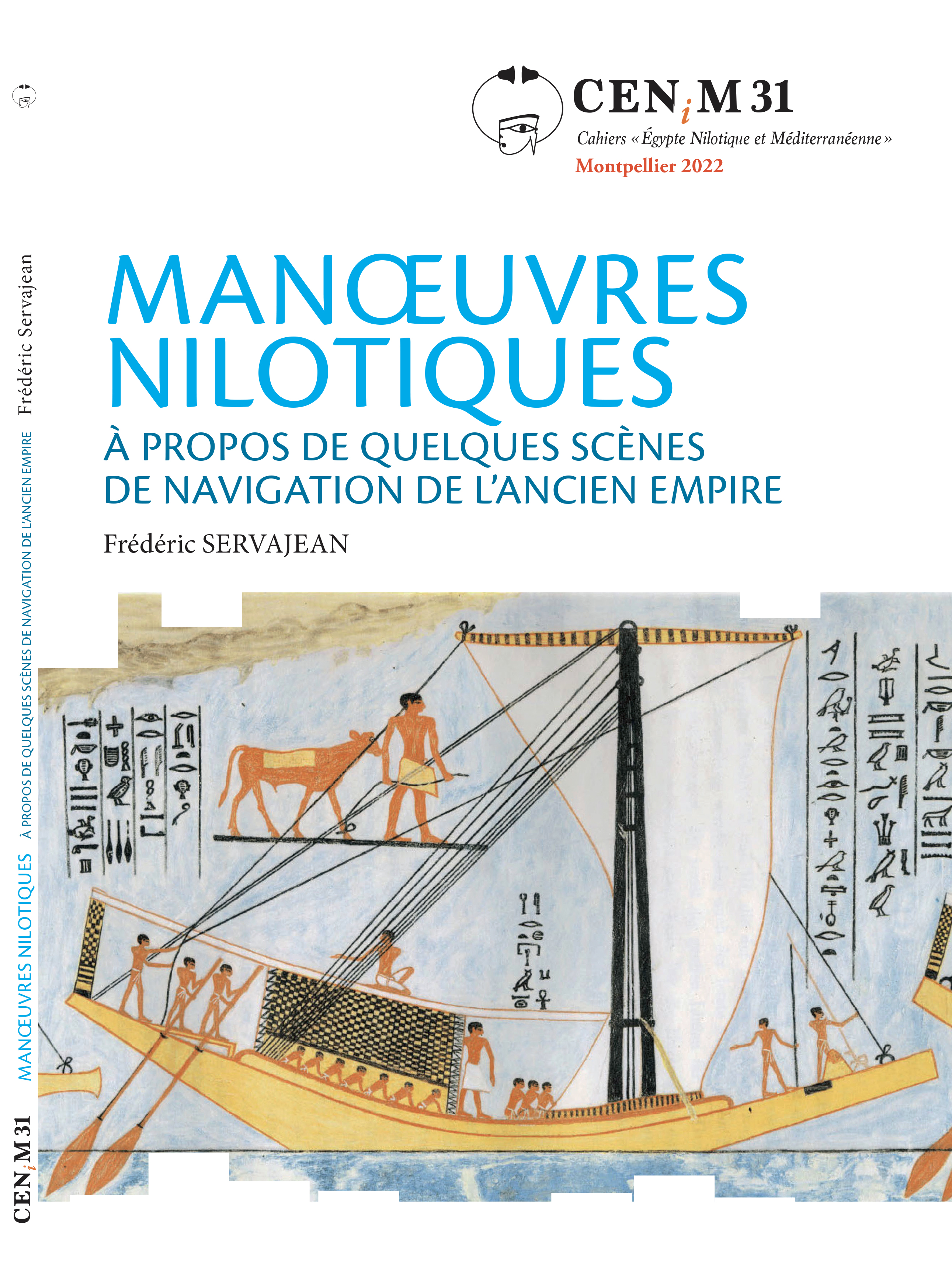
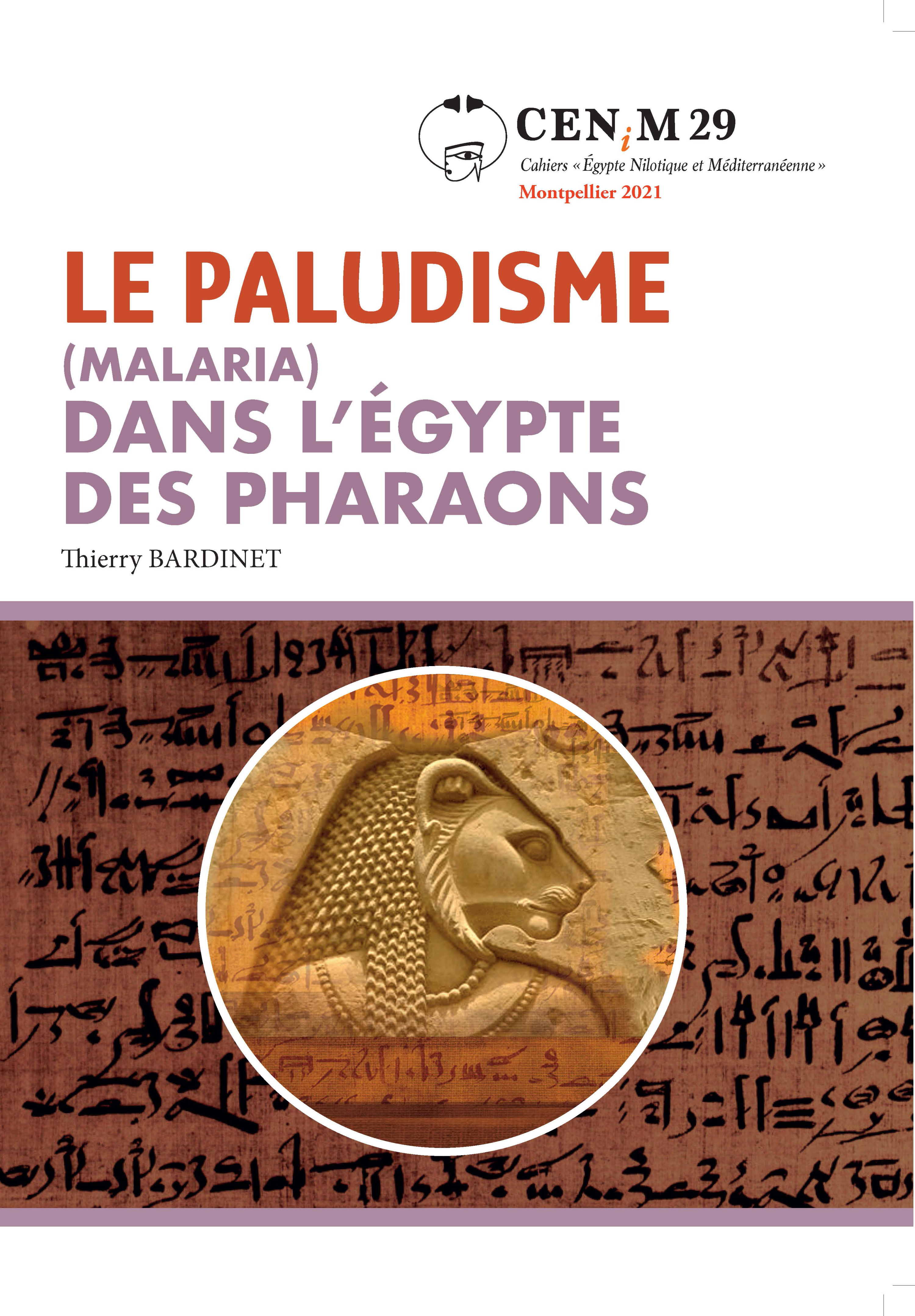
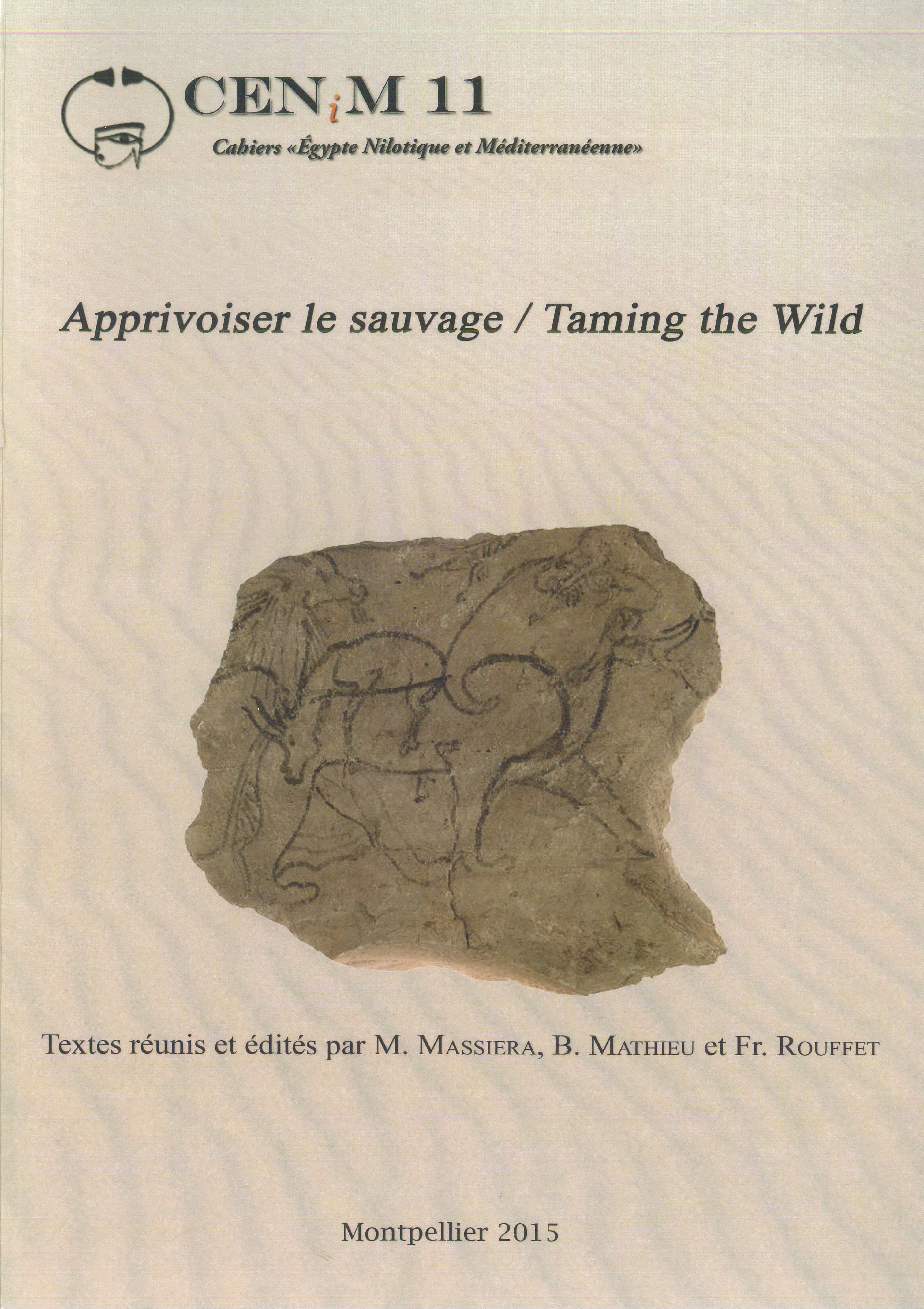
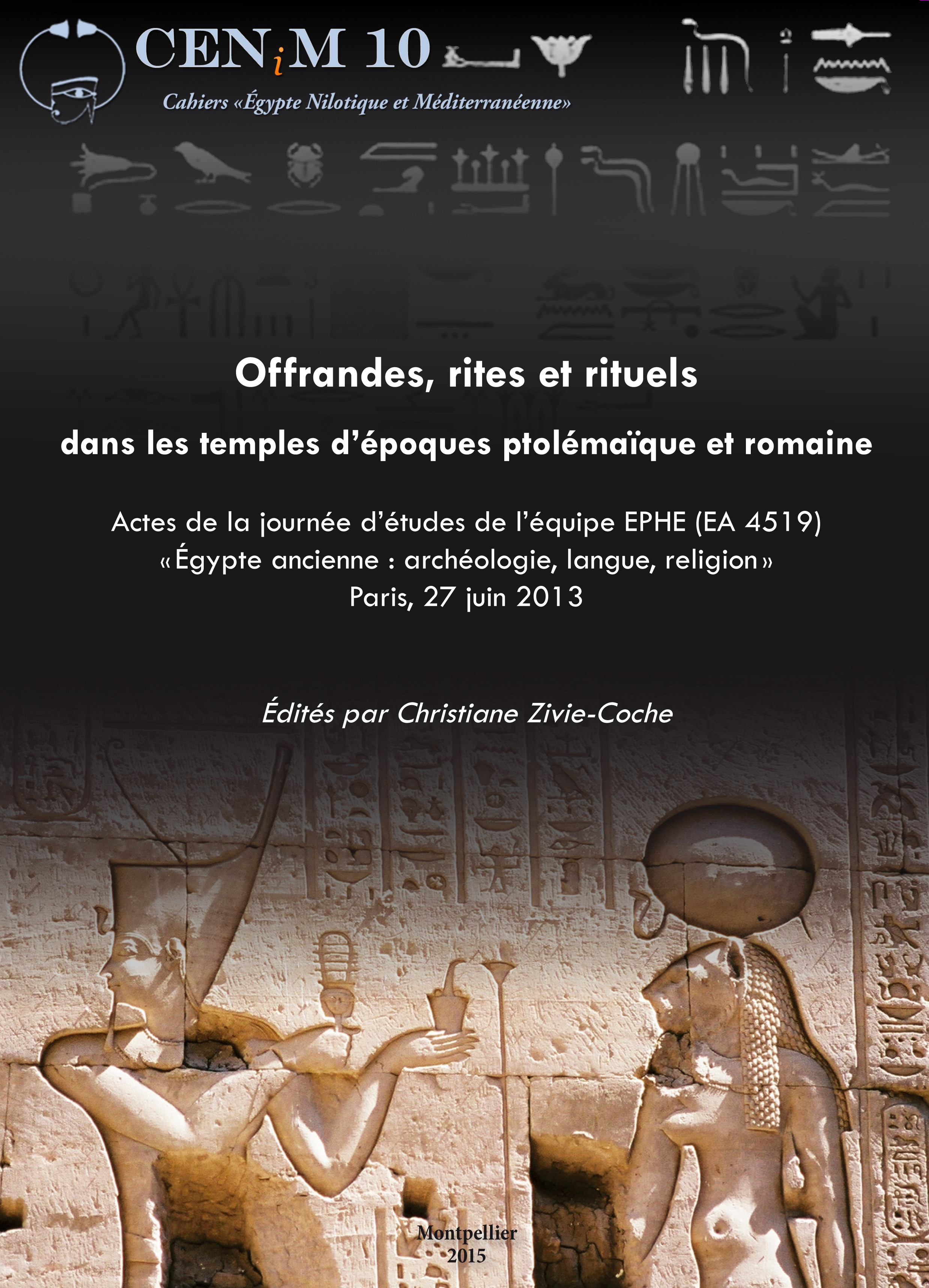
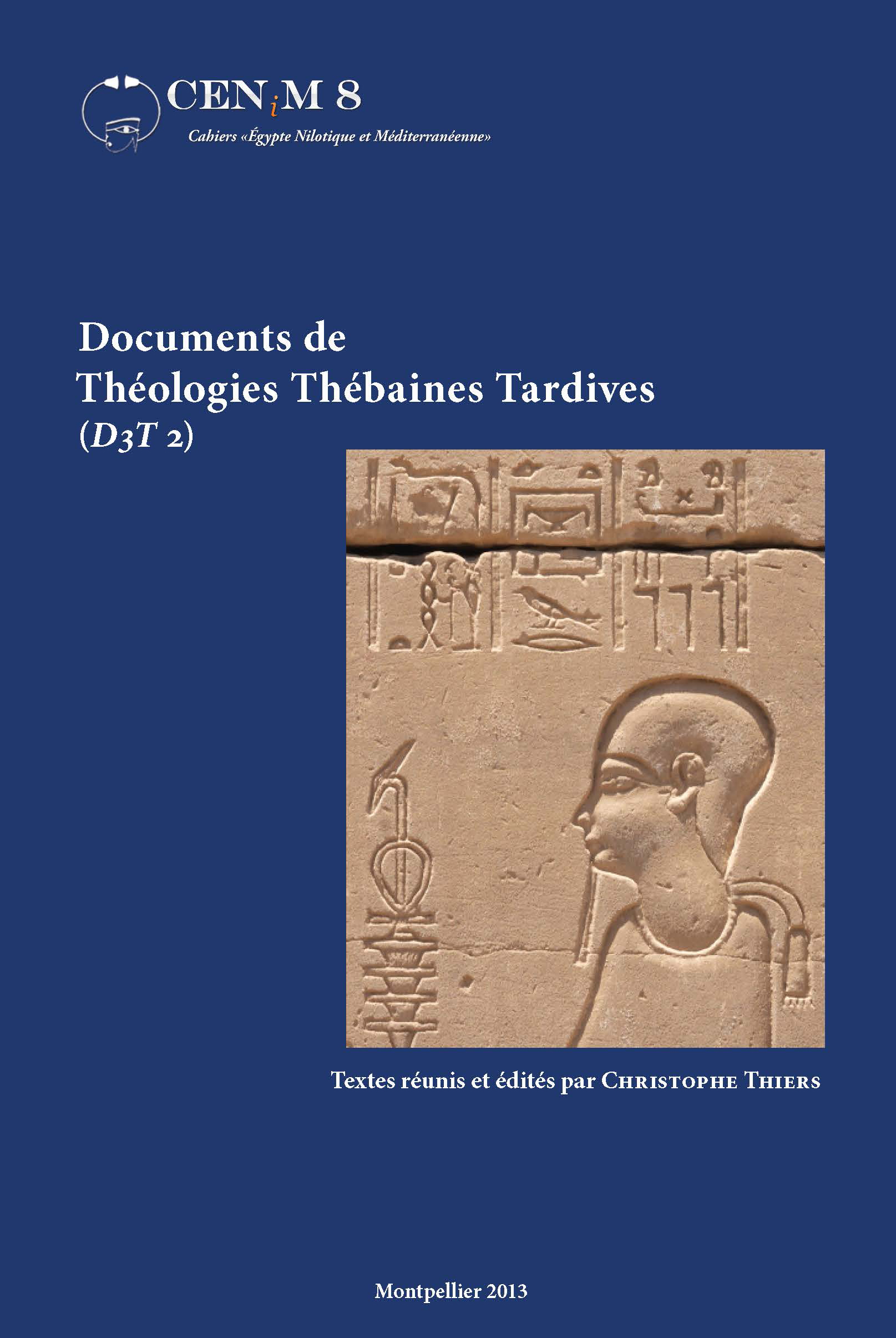
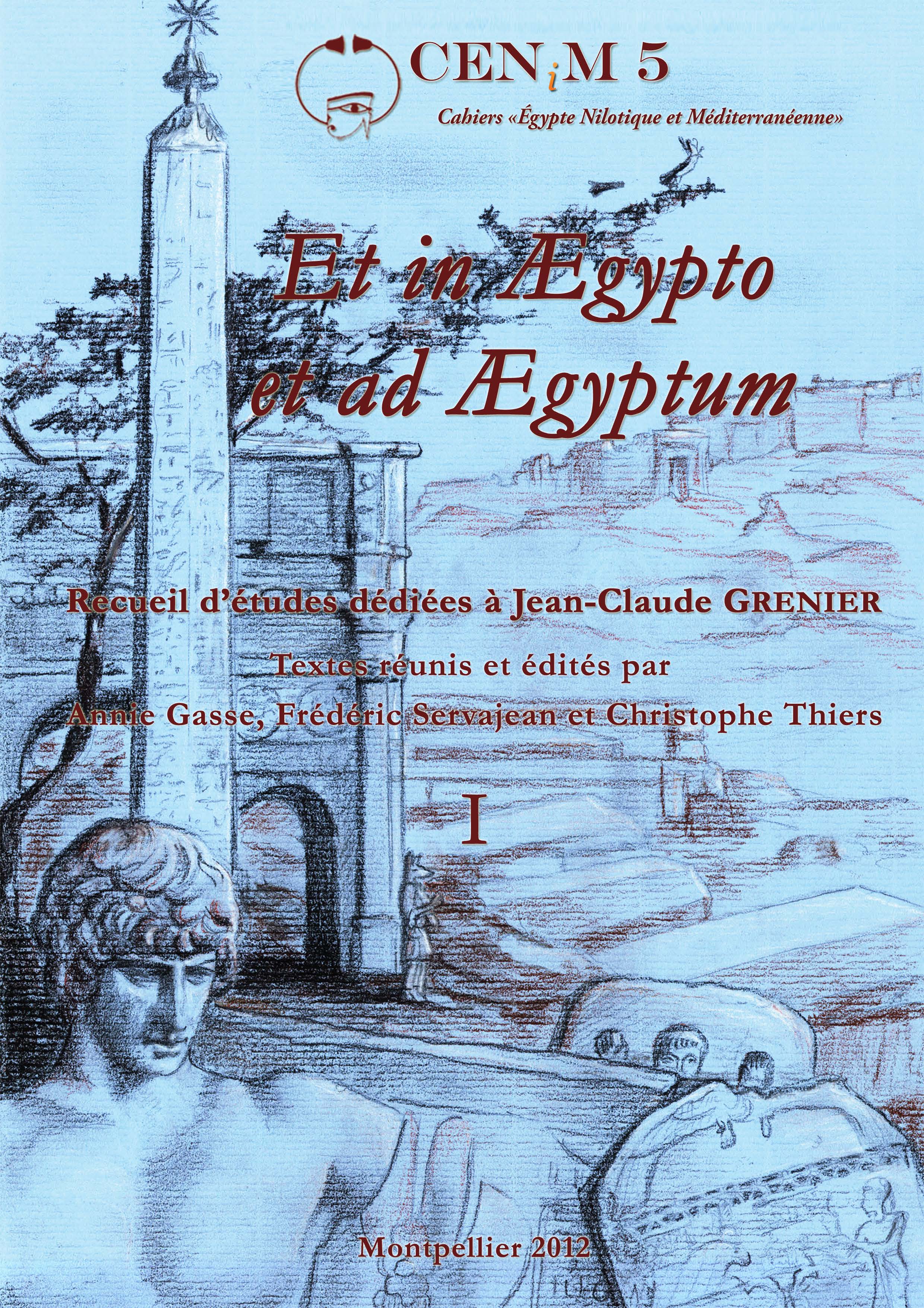
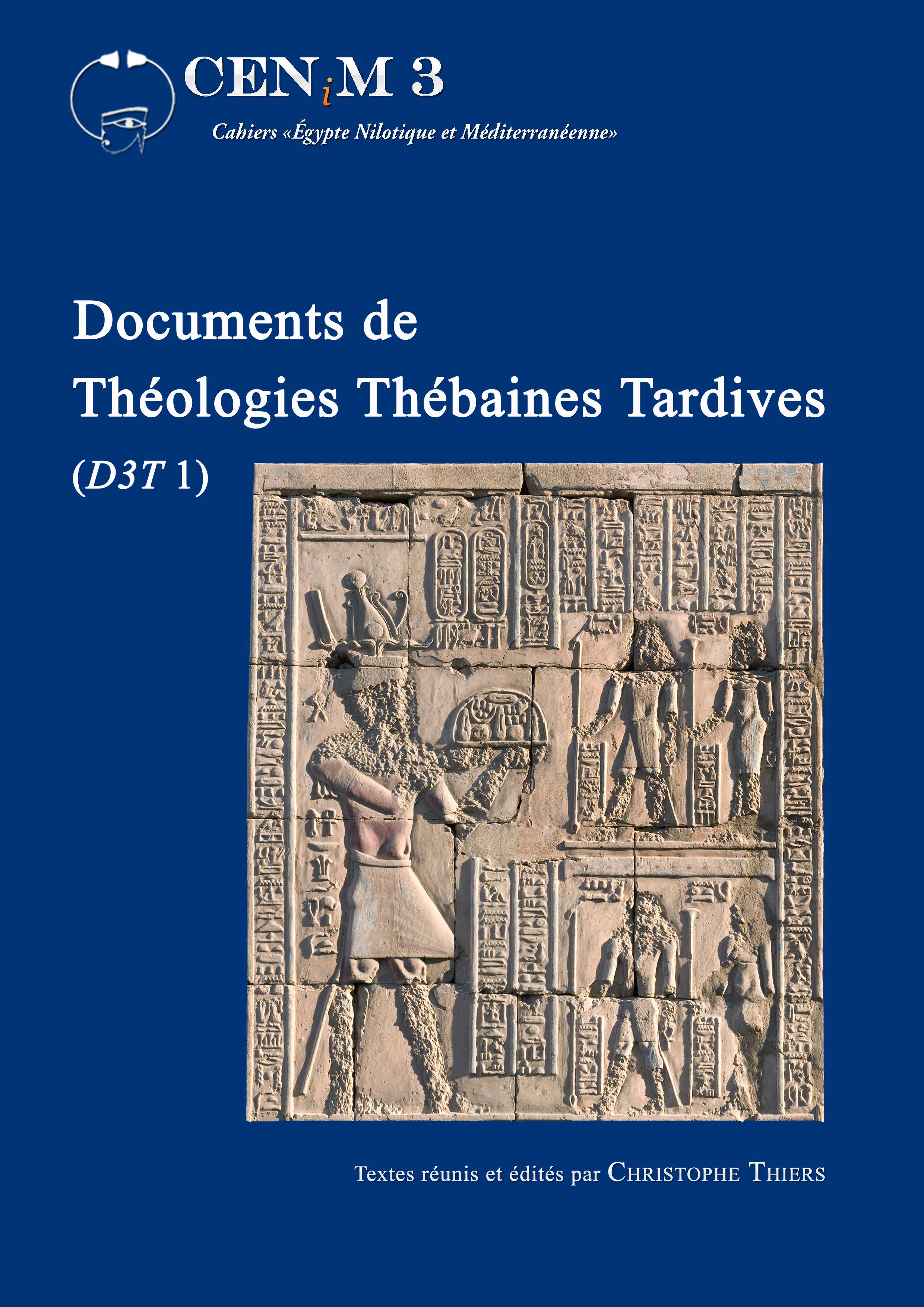
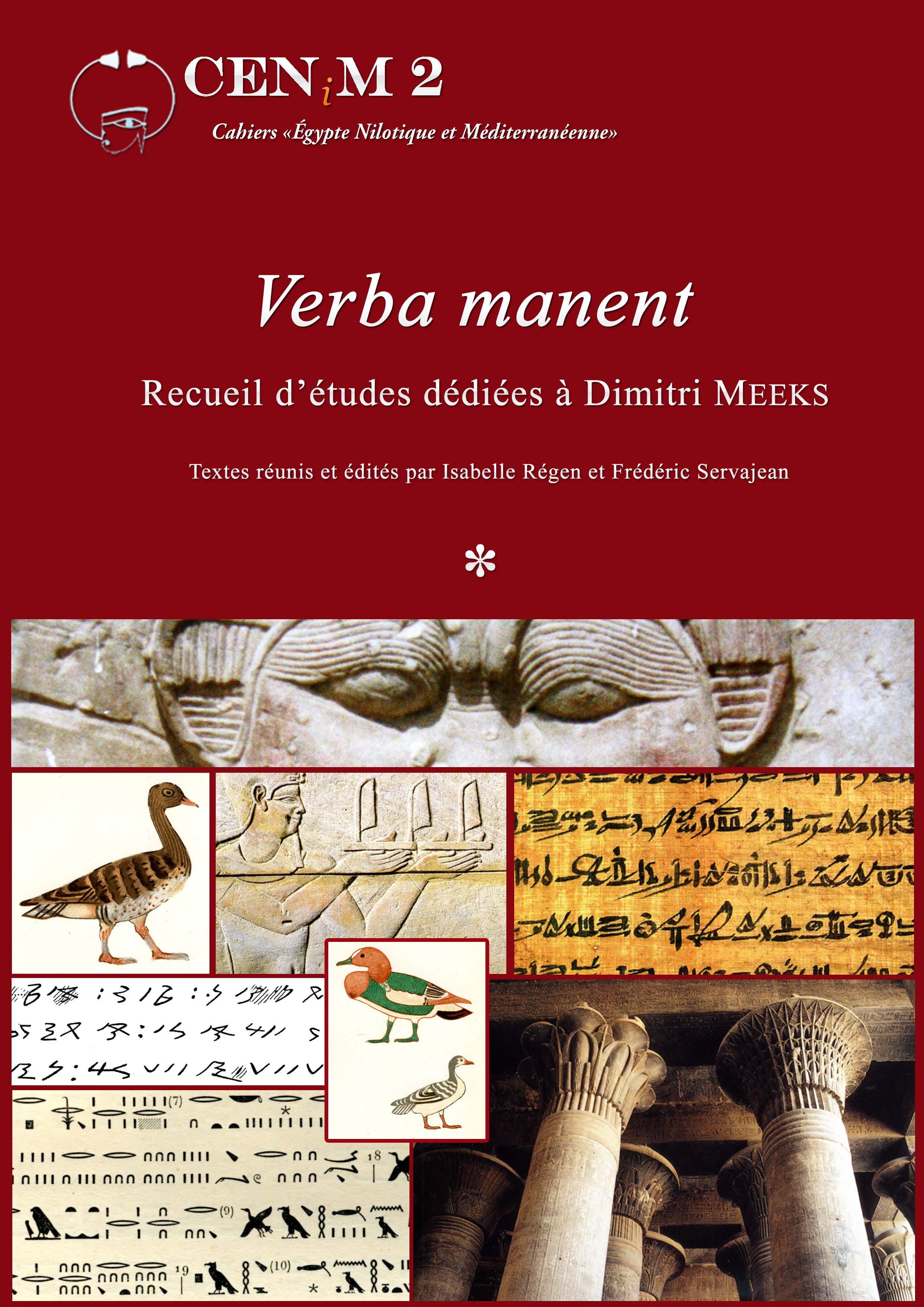
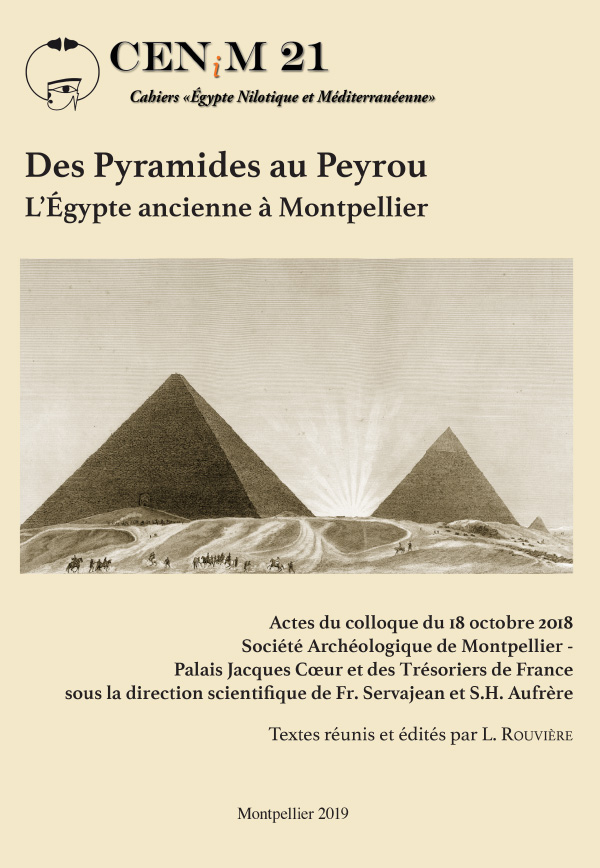
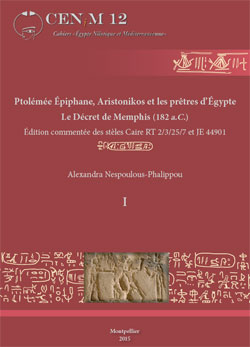
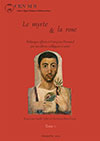
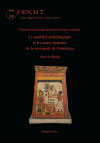
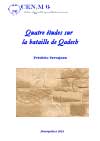
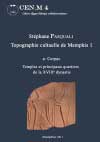
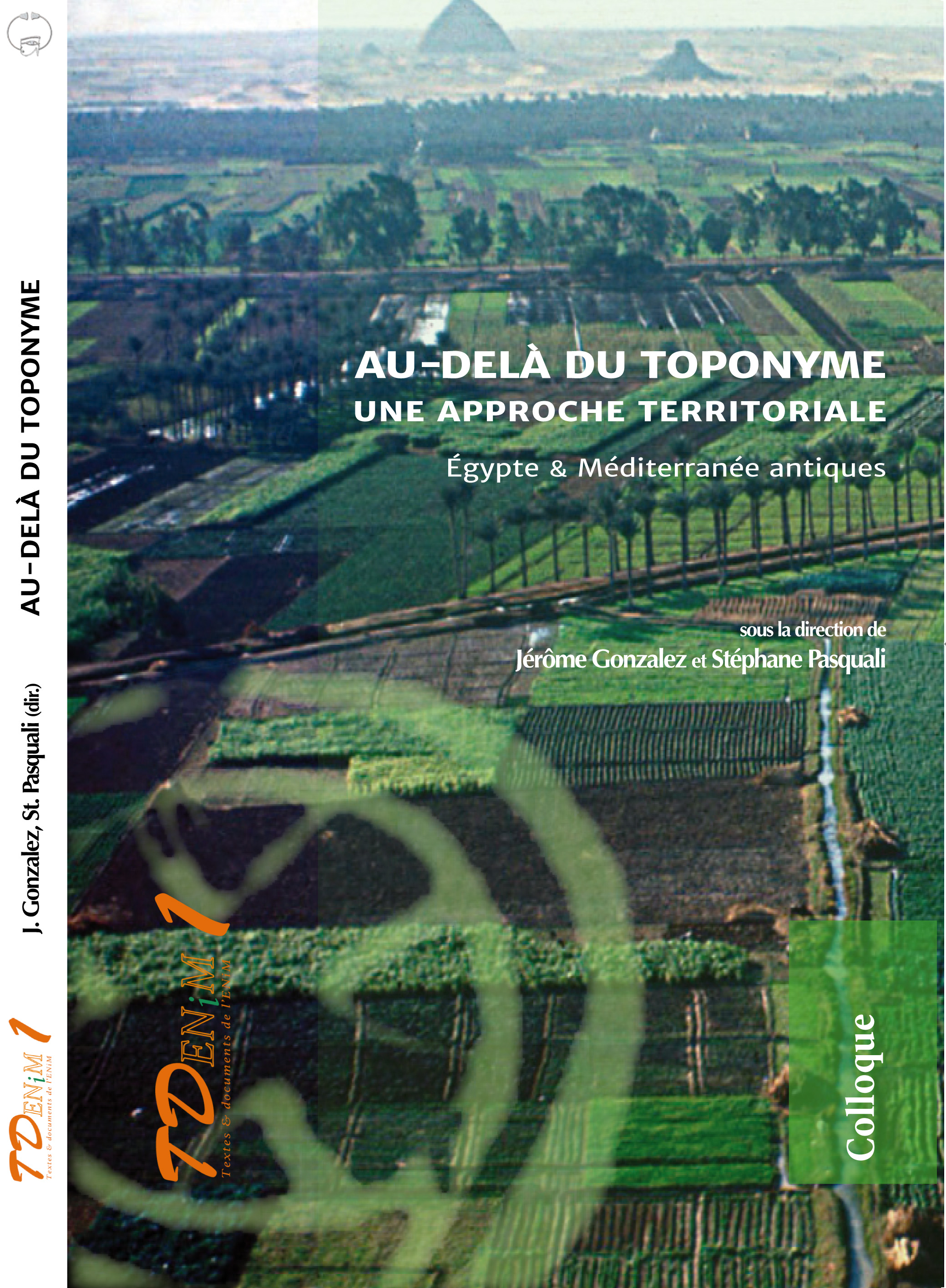
 Contact
Contact
 Abonnez-vous !
Abonnez-vous ! Équipe Égypte Nilotique et Méditerranéenne
Équipe Égypte Nilotique et Méditerranéenne UMR 5140 « Archéologie des Sociétés Méditerranéennes » (Cnrs)
UMR 5140 « Archéologie des Sociétés Méditerranéennes » (Cnrs) Université Paul Valéry - Montpellier III
Université Paul Valéry - Montpellier III